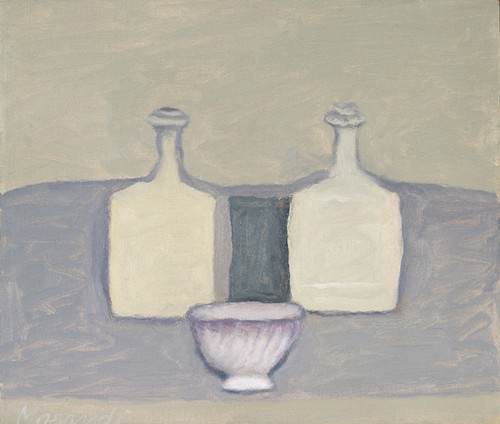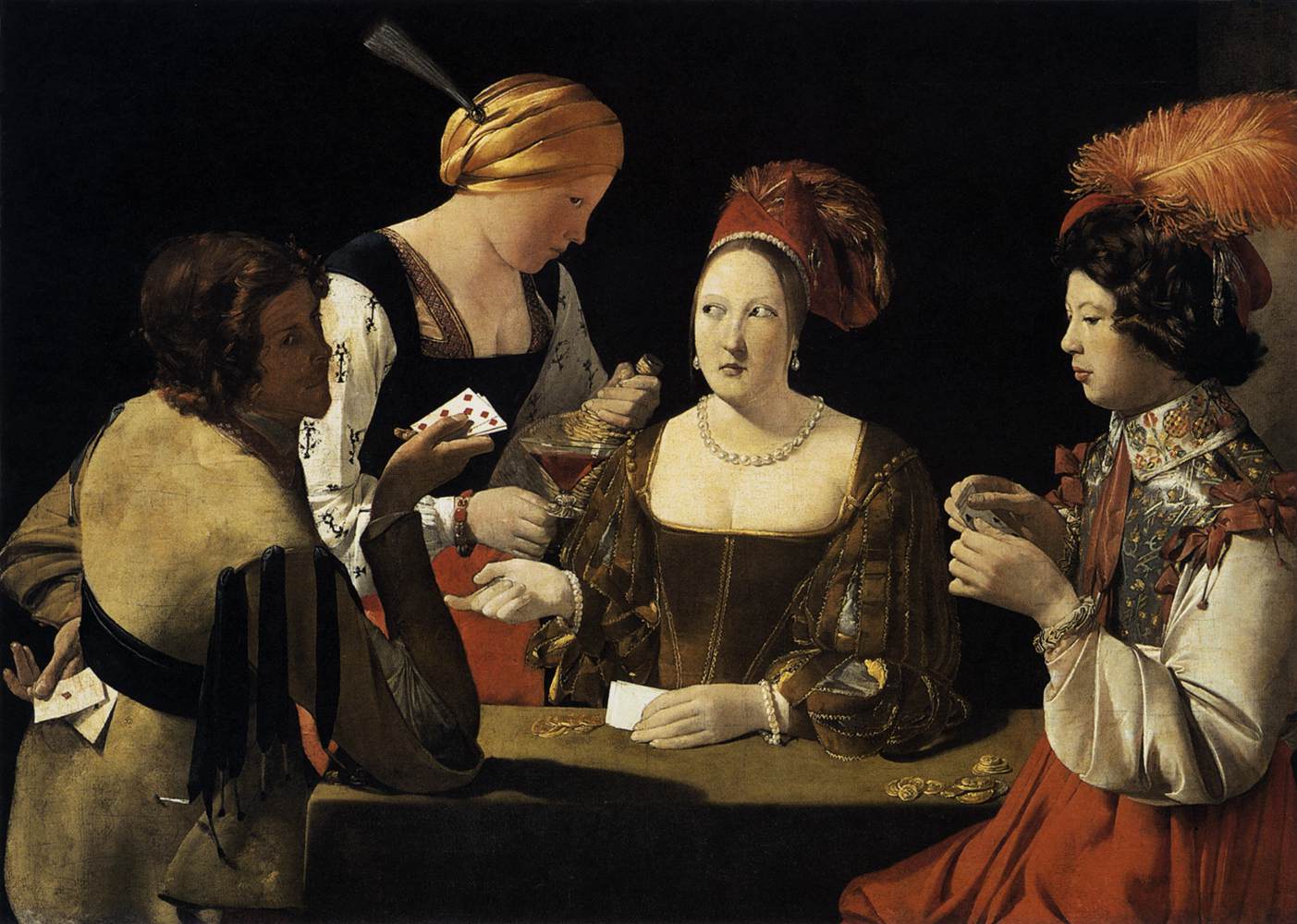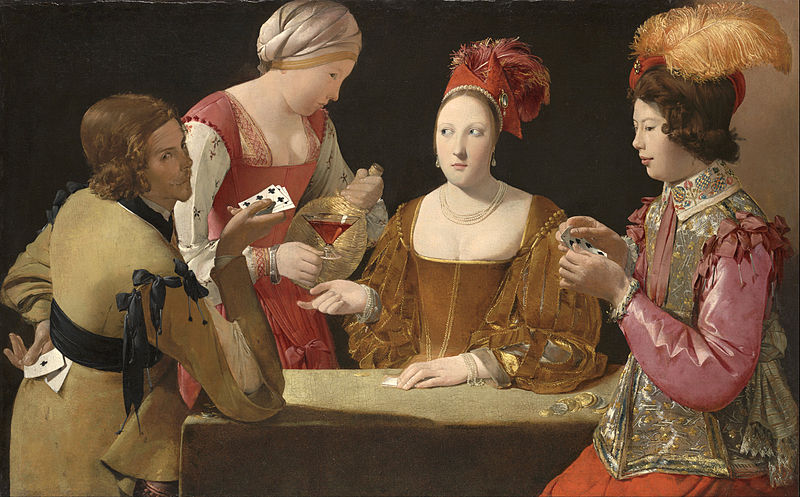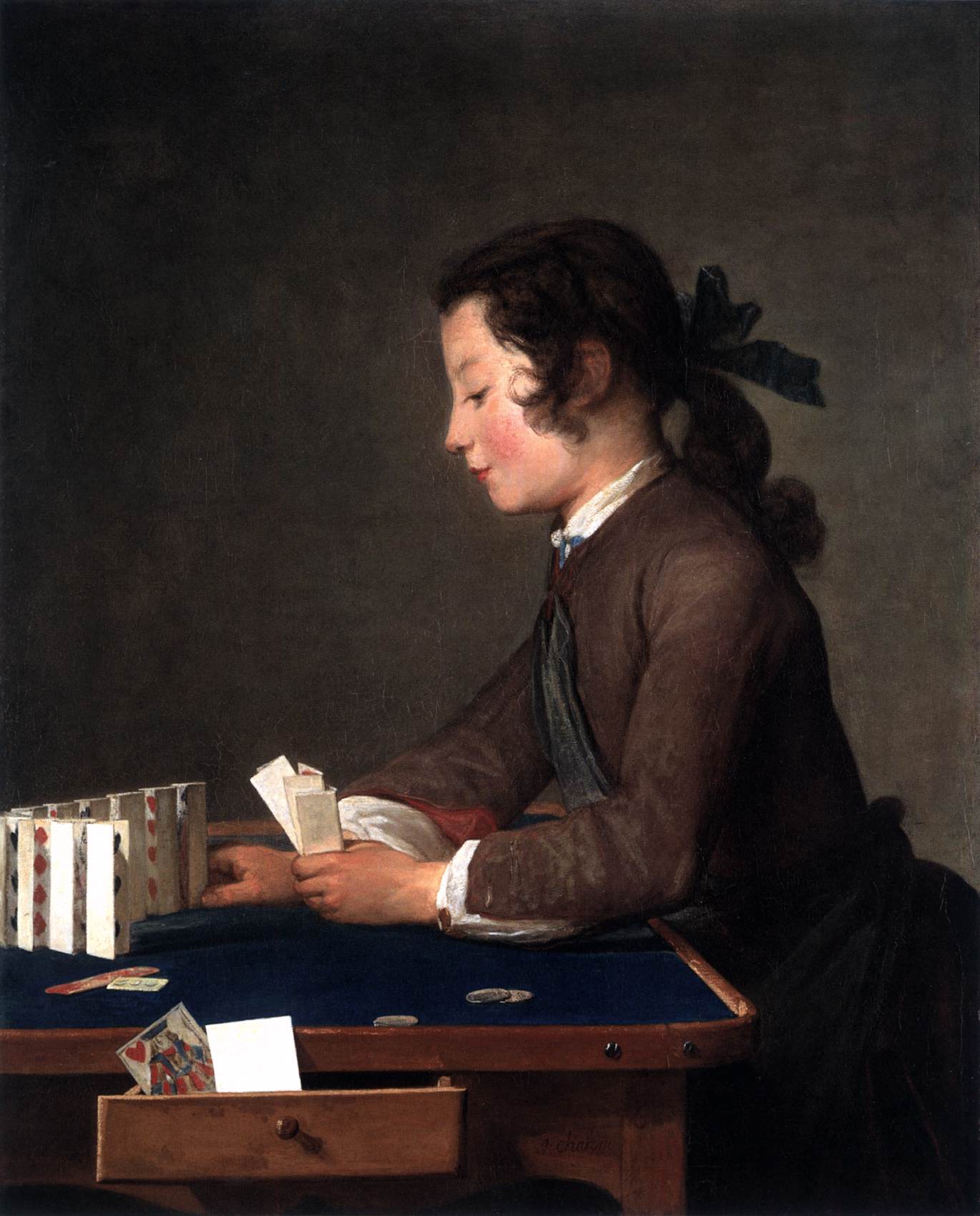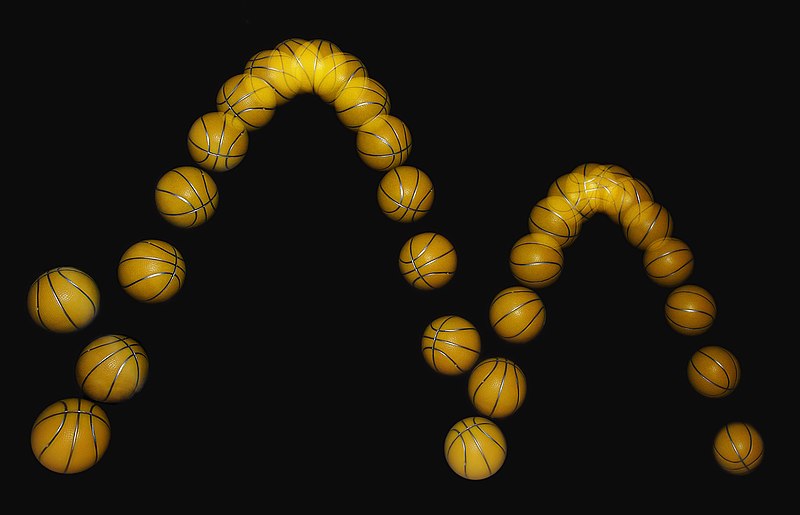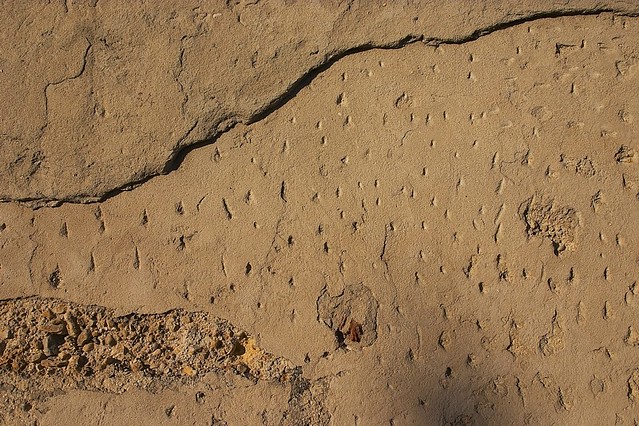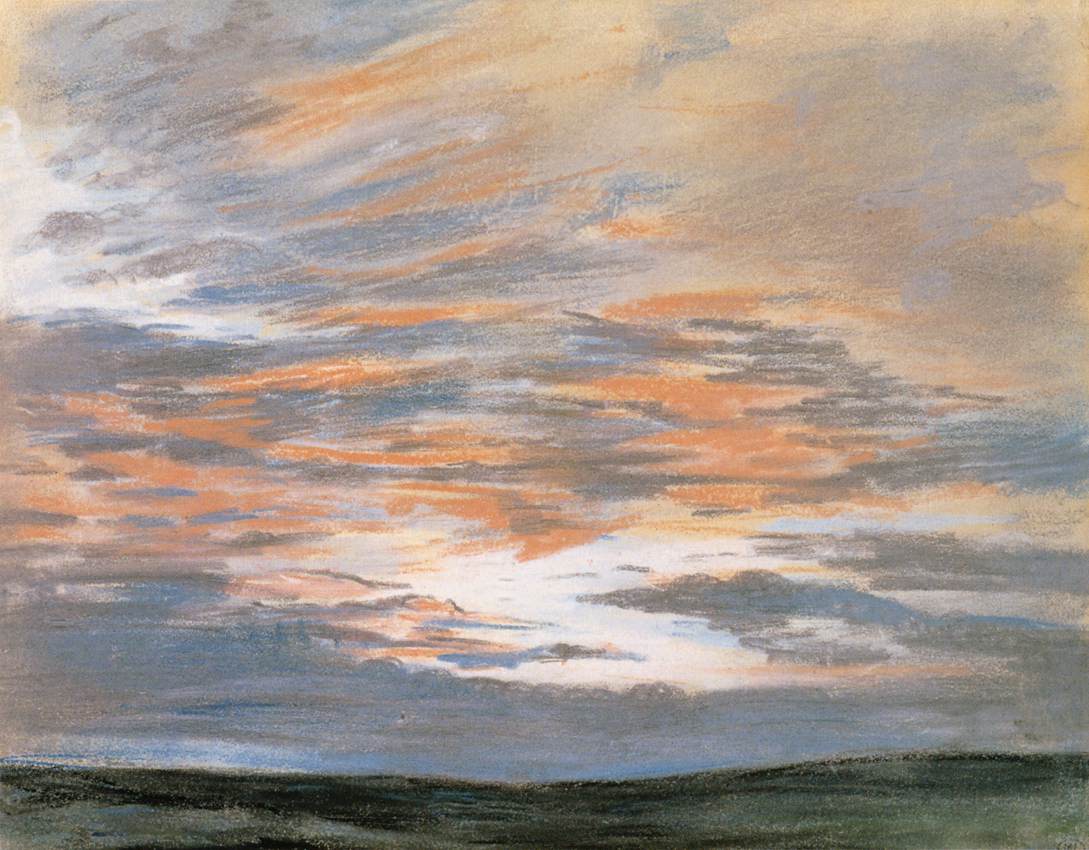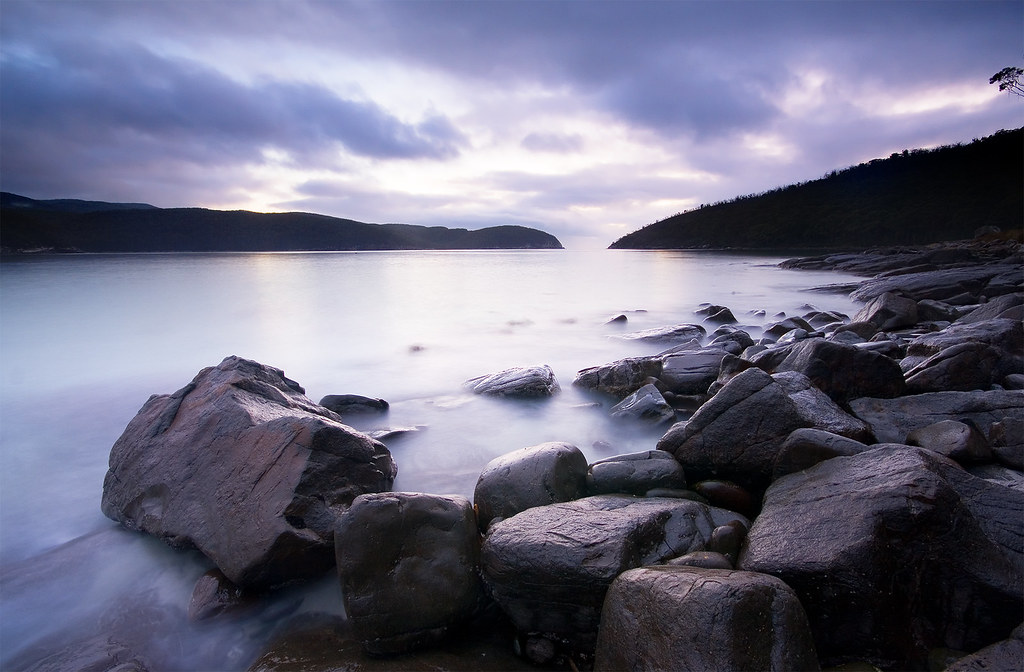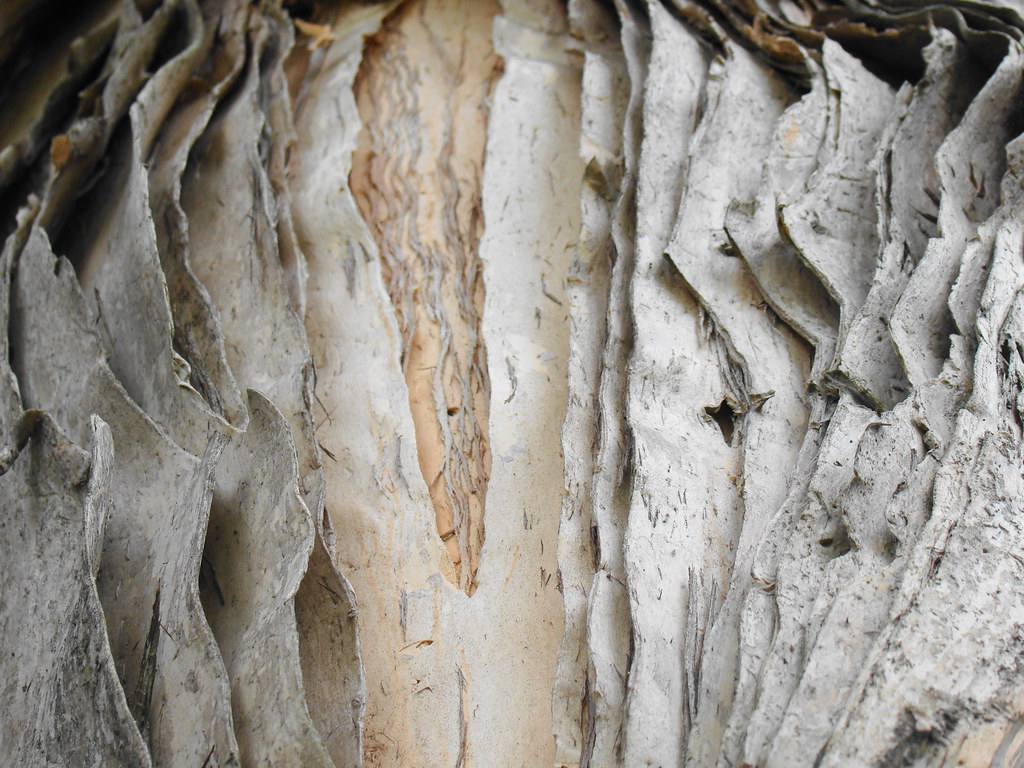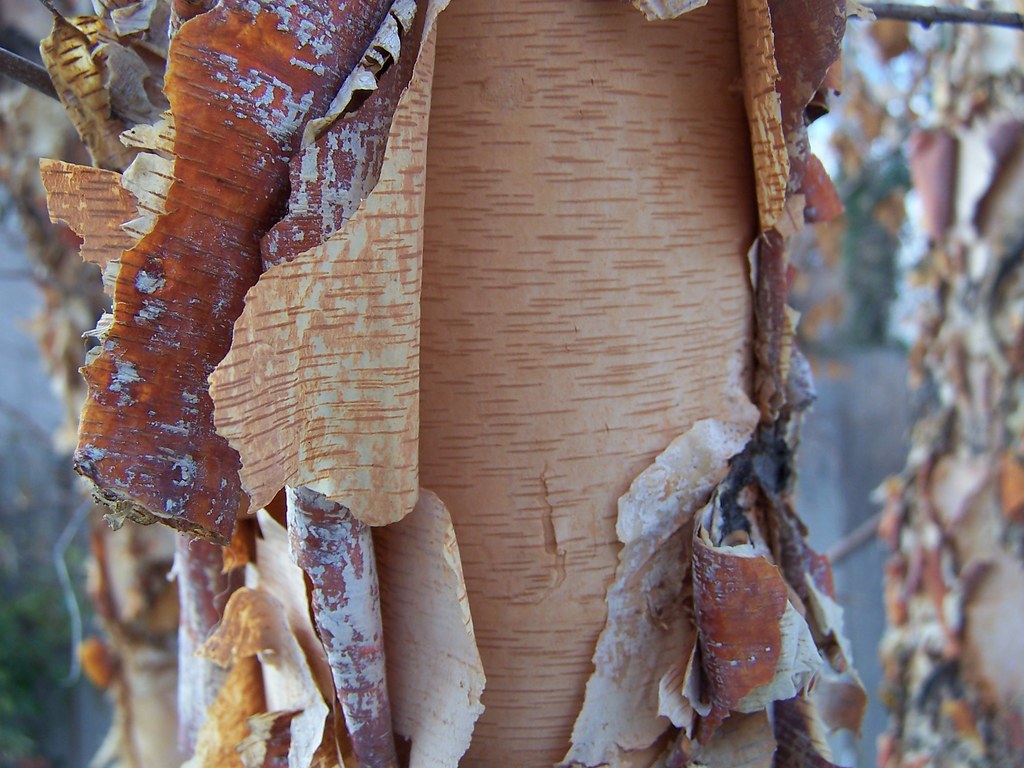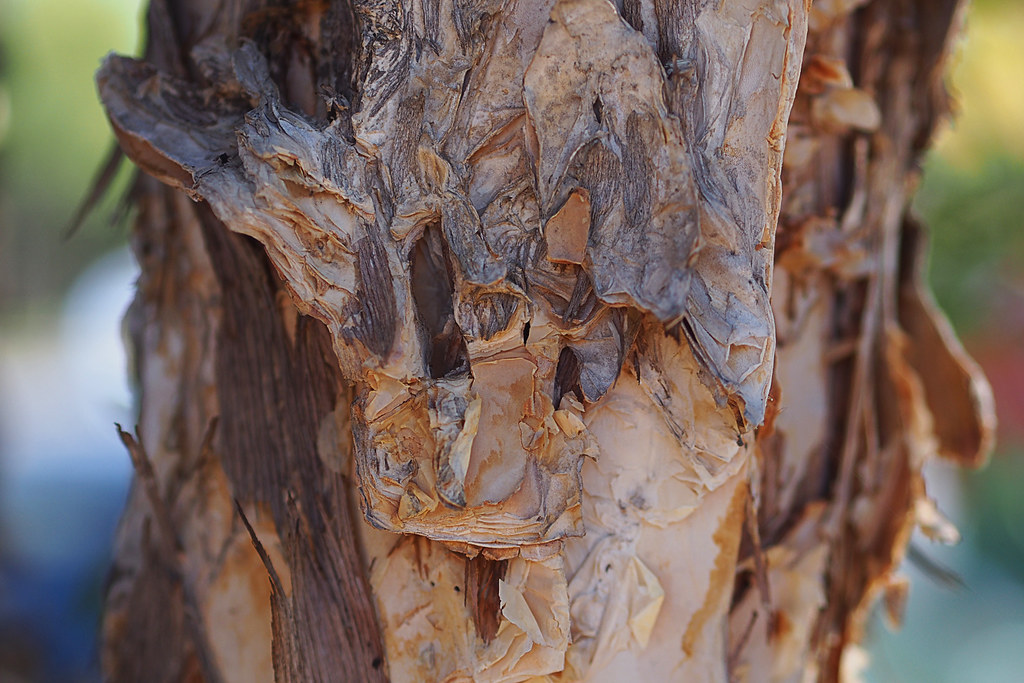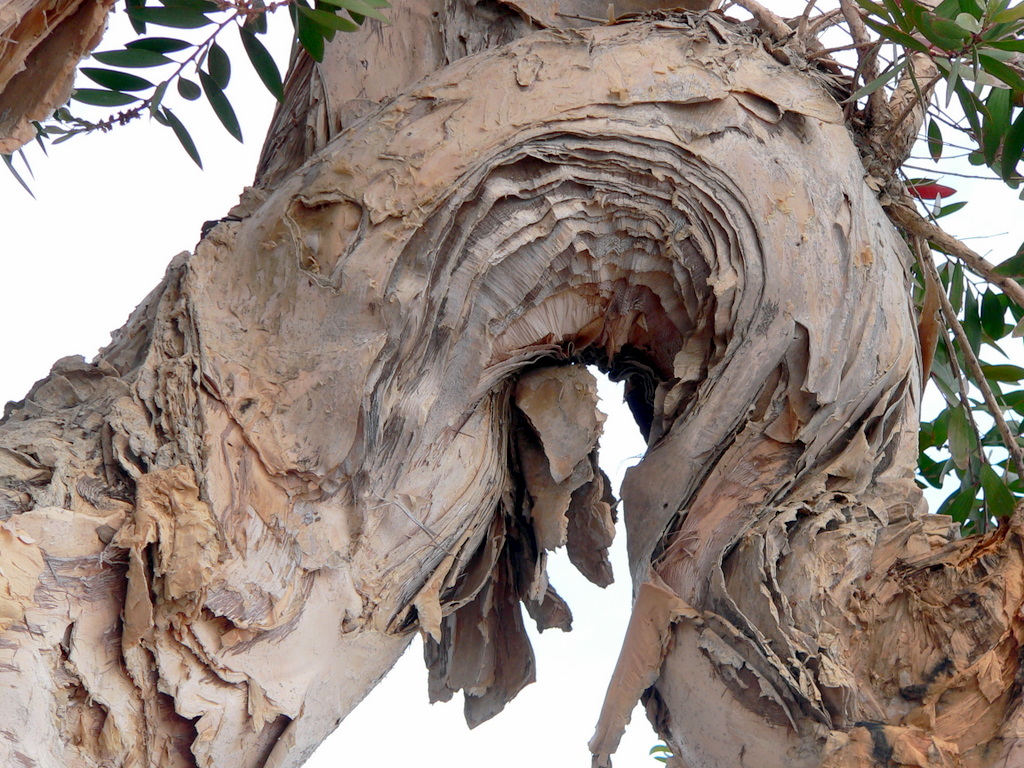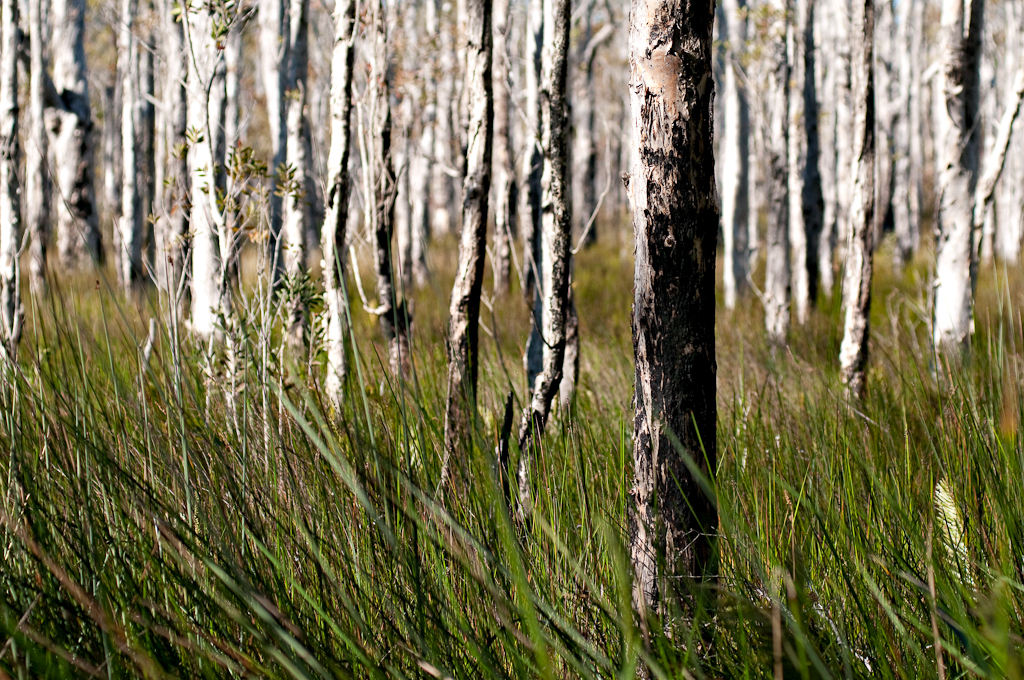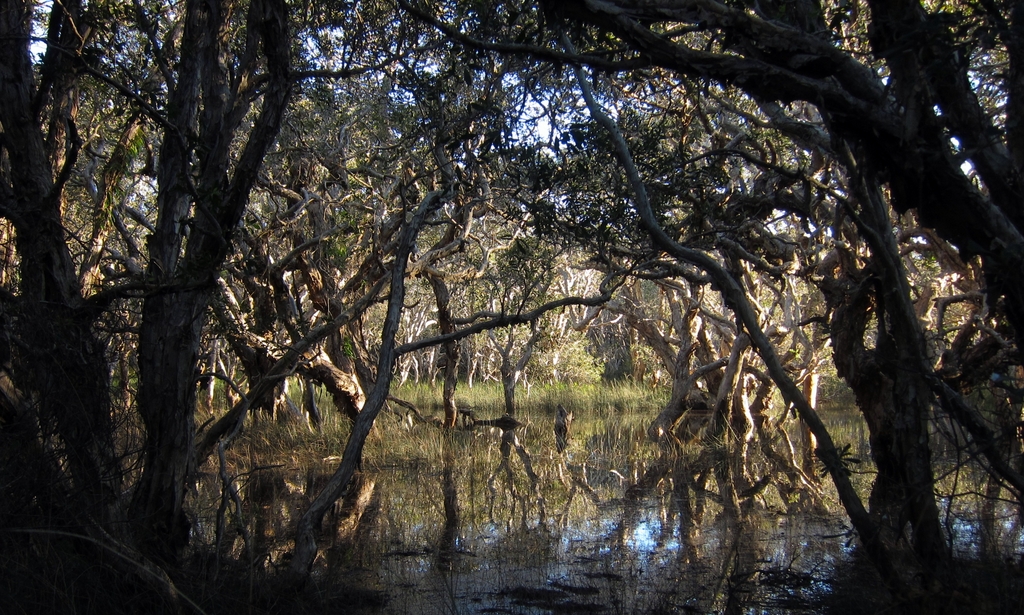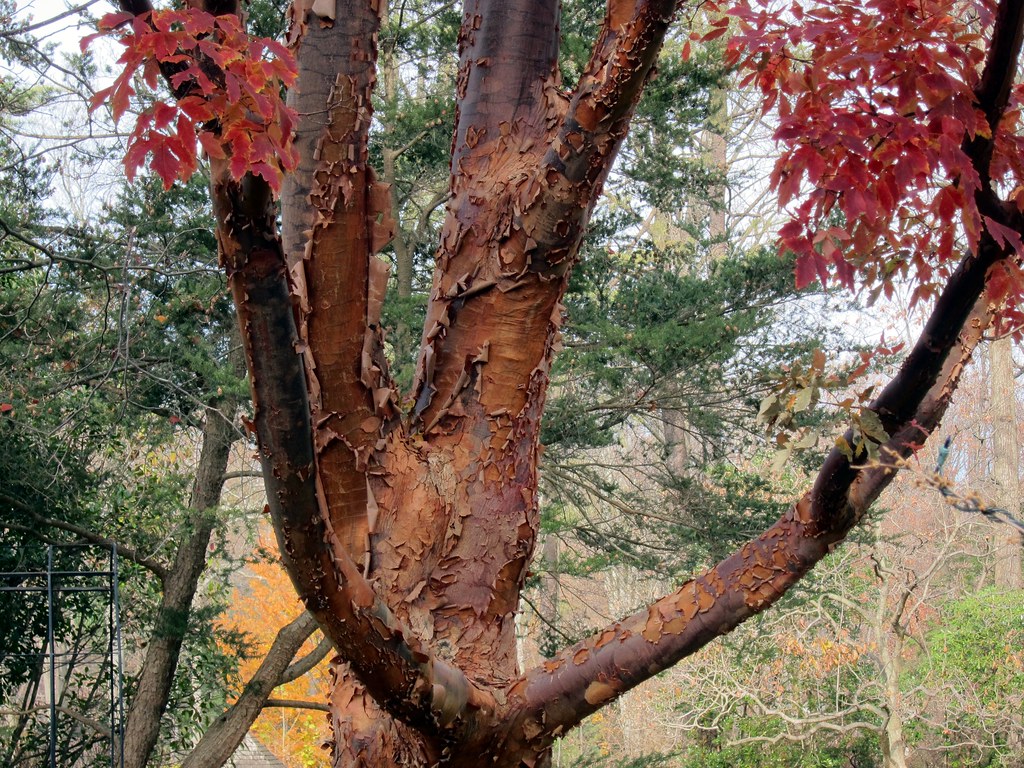.
Cup
of Water and a Rose on a Silver Plate: Francisco de Zurbarán
(1598-1664), c. 1630, oil on canvas, 21.2 x 30.1 cm (National Gallery,
London)
The painting of Seville (and we may put under this rubric those painters born in Seville, like Murillo and Valdés Leal, those who did their apprenticeship there, like Velásquez, and those who made their careers there, like Zurbarán) is wholly
contained within one century, the eighteenth, but its fruit is truly
that of the Hesperides. These painters who were lifted to the skies
by their individual lyricism or their pitiless realism are nonetheless
strongly Italianate: there is nothing in their work that had not already
occurred in the Venetians and in Caravaggio -- nothing except, naturally, the temperament and the inimitable accent. Their favorite subjects are characteristically Spanish insofar as
they testify to the choice of the artist or his Spanish patron in the
seventeenth century; nevertheless, they follow the main currents of
European Counter-Reformation art -- religious melodramas, portraits of aristocratic clients or men of the Church, and genre scenes or still lifes inspired by the art of the North. Yet, in Spanish religious painting, a fervor inherited from the Middle Ages still sustains those forms of male and female saints who are otherwise so pompously oratorical or voluptuously soft. In portraits, the Spanish painter individualizes where
the Italian painter personalizes: a great sixteenth-century Italian
portrait is a meditation on beauty, ambition, or the flight of youth, or
even on old age and guile, as in Titian's Paul III; however unique, these beings express more than themselves; they contain within themselves the
highest aspirations or most hidden vices of the race; they are fleeting
moments of an eternal theme. Here, in contrast, the profound
Christianity and dark realism of Spain come together to clothe with
tragic dignity and singularity that hunchback, that anemic Infanta, that vermin-ridden pauper, or that Knight of Calatrava, each marked with the individual
characteristics he will carry to the grave, enclosed within a body
through which he must seek damnation or salvation. Even in the greatest
-- Velásquez, for example, whose
genius seems to draw classical conclusions from this perpetual
confrontation of the moment with the object, lessons which we feel are
universal -- the meaning of those lessons remains a mystery to us for
lack of evidence, just as the inner secrets and raison d'être
of each individual we meet in life remain a mystery to us. No art is
more stripped of metaphysics than this art which is so nourished with
religious intentions: it is not death which is presented to us in that
picture of Valdés Leal which Murillo claimed reeked with stench; it is a cadaver, and the cadaver is a portrait. Murillo's Saint Elizabeth is not a symbol of charity: she is a woman washing a man suffering from scurvy. In Zurbarán's or Alonso Cano's pictures
of saints in ecstasy, we are not shown the beatific vision; we are
shown the look of the visionary. This obsession with the individual
marks the final victory of West over East, yet at the
same time baroque showiness eliminates the last traces of Arab or
Mudejar refinement. Moreover, whole areas of classical humanism will
continue to remain foreign in Spanish painting -- for example, the glory
of the nude. The Venus of Velásquez is a masterpiece that goes against the
current in this land dominated by Christian preconceptions and, more
clandestinely, by Oriental atavism, and also, perhaps, too obsessed with
detail, the accidental, and the momentary to take pleasure in the pure
melody of form. In contrast, the Maja desnuda of Goya, which is not at all Andalusian and would not have shocked a Sevillian cigar-maker, enters the tradition of realism
with its sensuous but ill-formed body. Even the swarthy, golden flesh
of Murillo's little beggars is inseparable from their rags, which seem a
part of their very being.
In genre scenes or still lifes, the Andalusian school asserts itself with this same typically Spanish realism -- and to give that word its full force one must perhaps include the dialectical
meaning it had in medieval philosophy. Not the Essence or the Idea, but
the Thing Itself. Not the dreamy meditation of a Rembrandt or a Soutine on the secrets of matter, not the almost mystical vision of a Vermeer or the formal, intellectual rearrangements of a Chardin or a Cézanne.
But the object itself -- that fish, that onion, that pink, that lemon
beside that orange. And perhaps it has not been sufficiently observed
that these powerful realist painters of the School of Seville represent only one point of view, extraordinarily intense, to be sure, but limited to certain almost obsessive aspects of Spain: the carefree languor of Seville is virtually absent.
Until Goya, who will sketch the beautiful strollers of Madrid (and the
ugly ones, too), or the hubbub of pilgrimages with the same clean line
with which he elsewhere notes down an
accident or a scuffle in some public square, Spanish painting had
rarely attempted to render freely life out-of-doors and in full
daylight. Flemish, Florentine, and Venetian painters, respectively, teach us far more about their sky and the air in their streets than the Sevillian painters of the Golden Age teach us about Seville.
Marguerite Yourcenar: from Andalusia, or the Hesperides, revised version of an essay originally titled Regard sur les Hespérides, as published in Cahiers du Sud 315 (1952); reprinted in Le temps, ce grand sculpteur, 1983; translated by Walter Kaiser in collaboration with the author in That Mighty Sculptor, Time, 1992

Still-life with Lemons, Oranges and Rose: Francisco de Zurbarán
(1598-1664), 1633, oil on canvas, 107 X 60 cm (Norton Simon Museum of Art, Pasadena)
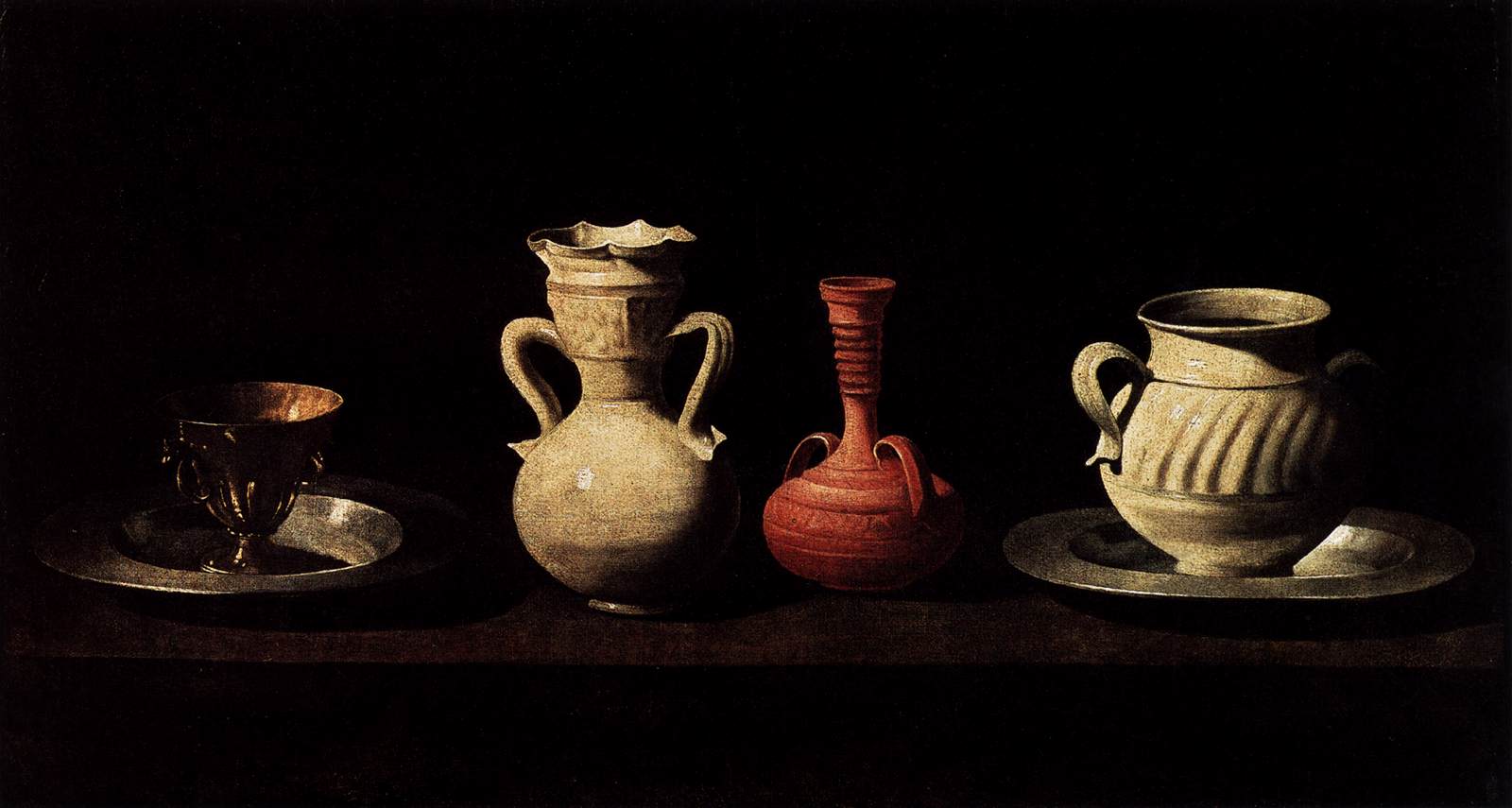
Still-life with Pottery Jars: Francisco de Zurbarán
(1598-1664), c. 1630, oil on canvas, 84 x 46 cm (Museo del Prado, Madrid)

The Miracle at the Well: Alonso Cano (1601-1667), 1646-48, oil on canvas, 216 x 149 cm (Museo del Prado, Madrid)
St Elizabeth of Hungary Tending the Sick and the Leprous:
Bartolomé Esteban Murillo (1617-1681), c. 1671-74, oil on canvas, 345 x
228 cm; image by folcoll (János), 1 December 2012 (Hospital de la
Caridad, Seville)

The Young Beggar: Bartolomé Esteban Murillo (1617-1681), 1645-50, oil on canvas, 63 x 43 cm (Museo del Prado, Madrid)

Young Boys Playing Dice: Bartolomé Esteban Murillo (1617-1681), c. 1675, oil on canvas, 145 x 108 cm (Alte Pinakothek, Munich)

The Waterseller of Seville: Diego Rodriguez de Silva y
Velázquez (1599-1660), 1623, oil on canvas, 106.7 x 81 cm (Wellington
Museum, Apsley House, London)
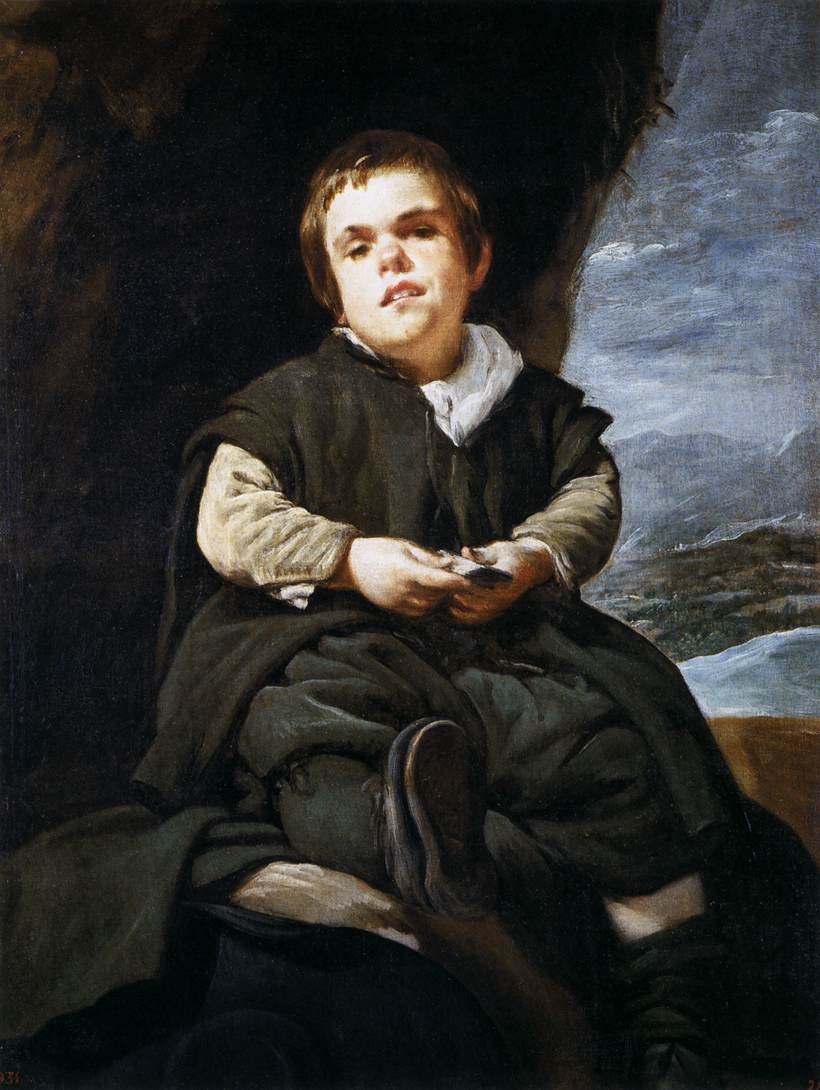 The Dwarf Francisco Lezcano, Called "El Niño de Vallecas": Diego Rodriguez de Silva y Velázquez, 1643-45, oil on canvas, 107 x 83 cm (Museo del Prado, Madrid)
The Dwarf Francisco Lezcano, Called "El Niño de Vallecas": Diego Rodriguez de Silva y Velázquez, 1643-45, oil on canvas, 107 x 83 cm (Museo del Prado, Madrid)
 The Dwarf Don Juan Calabazas, called Calabacillas: Diego Rodriguez de Silva y Velázquez, 1637-39, oil on canvas, 106 x 83 cm (Museo del Prado, Madrid)
The Dwarf Don Juan Calabazas, called Calabacillas: Diego Rodriguez de Silva y Velázquez, 1637-39, oil on canvas, 106 x 83 cm (Museo del Prado, Madrid)
 The Dwarf Sebastian de Morra: Diego Rodriguez de Silva y Velázquez, c. 1645, oil on canvas, 106.5 x 81.5 cm (Museo del Prado, Madrid)
The Dwarf Sebastian de Morra: Diego Rodriguez de Silva y Velázquez, c. 1645, oil on canvas, 106.5 x 81.5 cm (Museo del Prado, Madrid)

Infanta Margarita: Diego Rodriguez de
Silva y Velázquez (1599-1660), c. 1654, oil on canvas, 128.5 x 100 cm (Musée du Louvre, Paris)

Infanta Margarita (detail): Diego Rodriguez de
Silva y Velázquez (1599-1660), c.1654 (Musée du Louvre, Paris)
 Infanta Margarita: Diego Rodriguez de
Silva y Velázquez (1599-1660), 1654-5, oil on canvas, 70 x 59 cm (Musée du Louvre, Paris)
Infanta Margarita: Diego Rodriguez de
Silva y Velázquez (1599-1660), 1654-5, oil on canvas, 70 x 59 cm (Musée du Louvre, Paris)
Venus at her Mirror (The Rokeby Venus): Diego Rodriguez de Silva y
Velázquez (1599-1660), 1649-51, oil on canvas, 177 x 122.5 cm (Museo del
Prado, Madrid)
In Ictu Oculi: Juan de Valdés Leal (1622-1690), 1670-72, oil on canvas, 220 x 216 cm (Hospital de la Caridad, Seville)

Finis Gloriae Mundi: Juan de Valdés Leal (1622-1690), 1670-72, oil on canvas, 220 x 216 cm (Hospital de la Caridad, Seville)
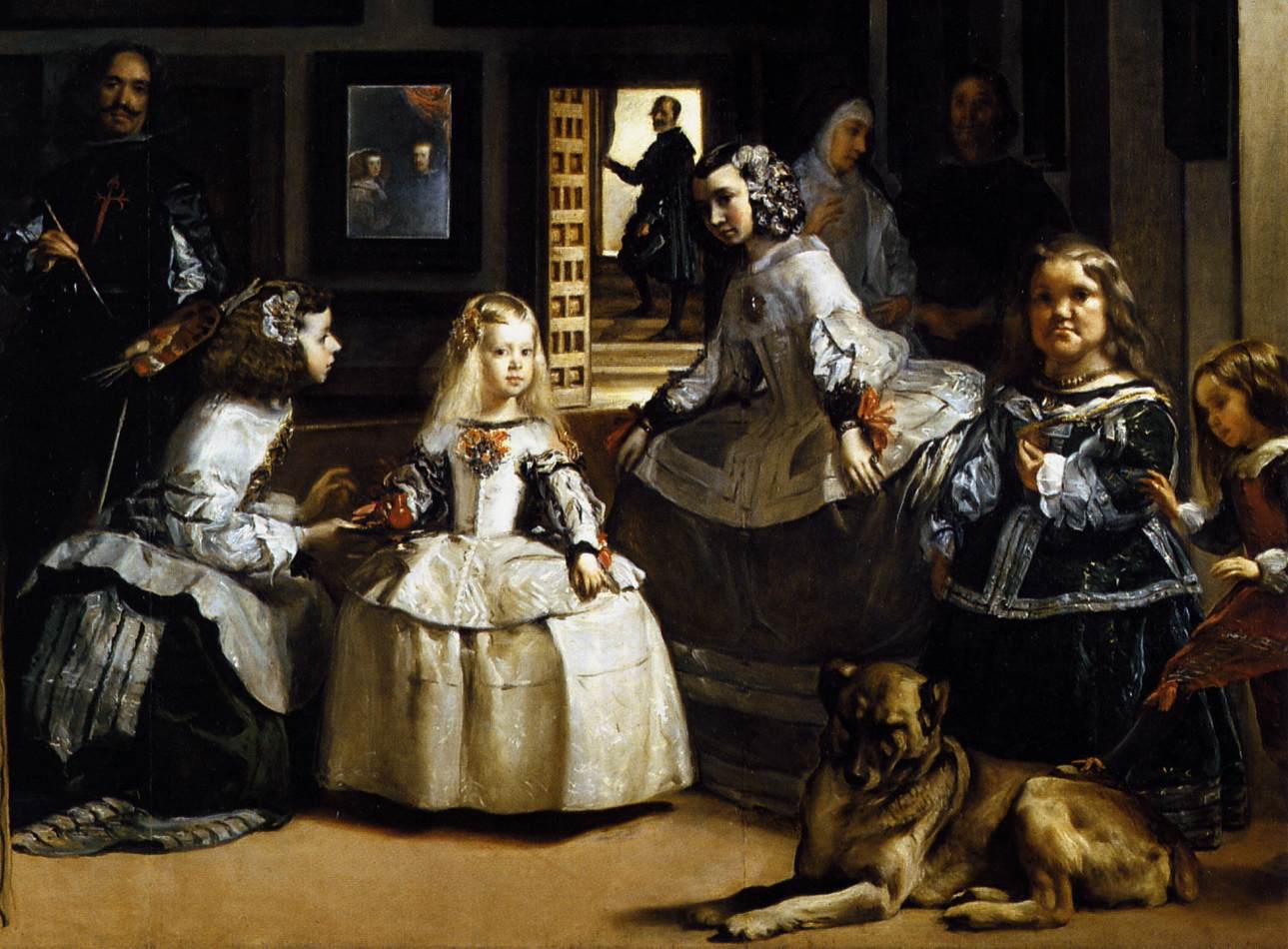 Las Meniñas, or the family of Philip IV: Diego Rodriguez de Silva y Velázquez, 1656-1657, oil on canvas, 318 x 276 cm (Museo del Prado, Madrid)
Las Meniñas, or the family of Philip IV: Diego Rodriguez de Silva y Velázquez, 1656-1657, oil on canvas, 318 x 276 cm (Museo del Prado, Madrid)

